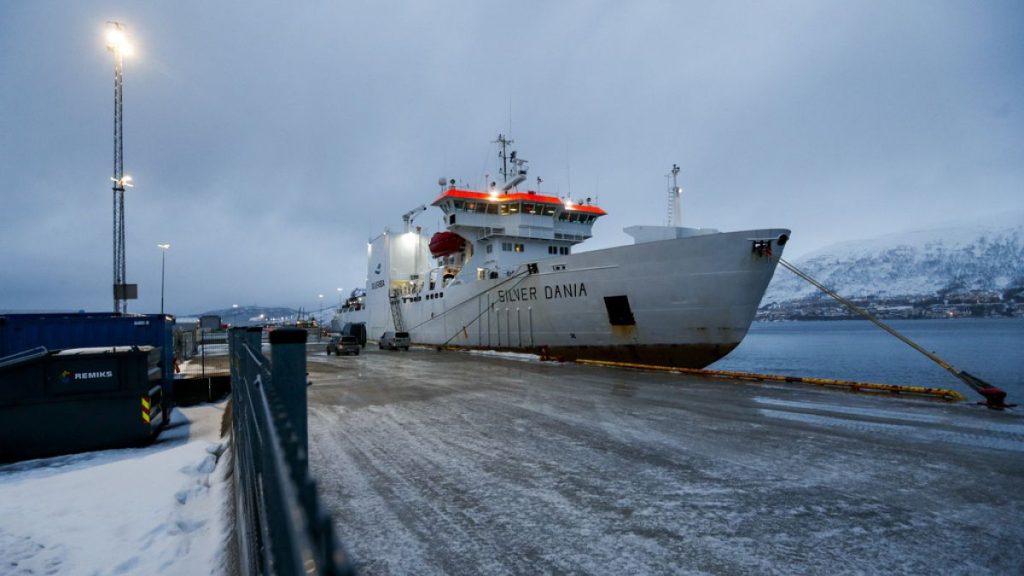The Silver Dania, a Norwegian-owned, Russian-crewed vessel, was initially detained by Norwegian authorities under suspicion of involvement in the damage of a crucial undersea fiber-optic cable linking Latvia and the Swedish island of Gotland. This incident, discovered over the weekend, disrupted vital data transmission between the two locations and raised immediate concerns about potential sabotage, given the ongoing geopolitical tensions. Latvian authorities specifically requested the ship’s detainment, leading to a Norwegian court order and subsequent interception by the Norwegian coast guard. The vessel, en route from St. Petersburg to Murmansk, was brought into the port of Tromsø for a thorough inspection, which included searches of the ship and interviews with the crew.
The investigation, led by the Tromsø police district, aimed to ascertain any connection between the Silver Dania and the damaged cable. Authorities sought to determine whether the ship’s activities, particularly any anchor deployment or other maneuvers, could have caused the disruption. While initial suspicions were high, the investigation ultimately yielded no conclusive evidence linking the Silver Dania to the cable damage. Consequently, the ship was released, with the police attorney emphasizing that there was no longer any justification for its detention in Tromsø. However, the investigation into the cable incident remains ongoing, although the focus has shifted away from the Silver Dania.
The SilverSea company, owner of the Silver Dania, vehemently denied any involvement in the cable damage. CEO Tormod Fossmark asserted that the ship’s passage through the area of the cable was routine and uneventful, with no anchors deployed or any activities that could have resulted in the damage. He emphasized the availability of tracking data to corroborate their account and expressed confidence that the investigation would exonerate the vessel. Fossmark further highlighted the absence of any cargo on board, suggesting that there was no motive for any deliberate act of sabotage. He expressed hope that the ship would be allowed to continue its journey shortly.
The incident involving the Silver Dania occurred just days after the discovery of damage to the undersea cable running between Ventspils, Latvia, and Gotland. This damage prompted immediate action by Swedish prosecutors, who launched a preliminary investigation into suspected sabotage. Another vessel, the Malta-flagged Vezhen, was also detained in connection with the incident. The Vezhen’s Bulgarian owner acknowledged the possibility of an accidental cable break caused by their ship but categorically rejected any allegations of sabotage or intentional damage by the crew.
The investigation into the damaged cable highlights the vulnerability of critical undersea infrastructure and the potential for disruption, whether accidental or deliberate. The incident involving the Silver Dania, while ultimately proving inconclusive, underscored the need for thorough investigations to determine the cause of such disruptions and to ensure the security of these vital communication links. The backdrop of geopolitical tensions further complicates such incidents, adding another layer of complexity to the investigations and raising concerns about potential malicious intent.
The release of the Silver Dania, while bringing closure to one aspect of the investigation, leaves many questions unanswered. The ongoing investigation will need to explore other potential causes for the cable damage, including the possibility of an accident, natural causes, or involvement by other vessels. The focus now likely shifts to other leads and evidence to pinpoint the exact cause and those responsible, if any. This incident serves as a stark reminder of the importance of safeguarding critical infrastructure and the need for international cooperation in investigating and addressing such incidents.














